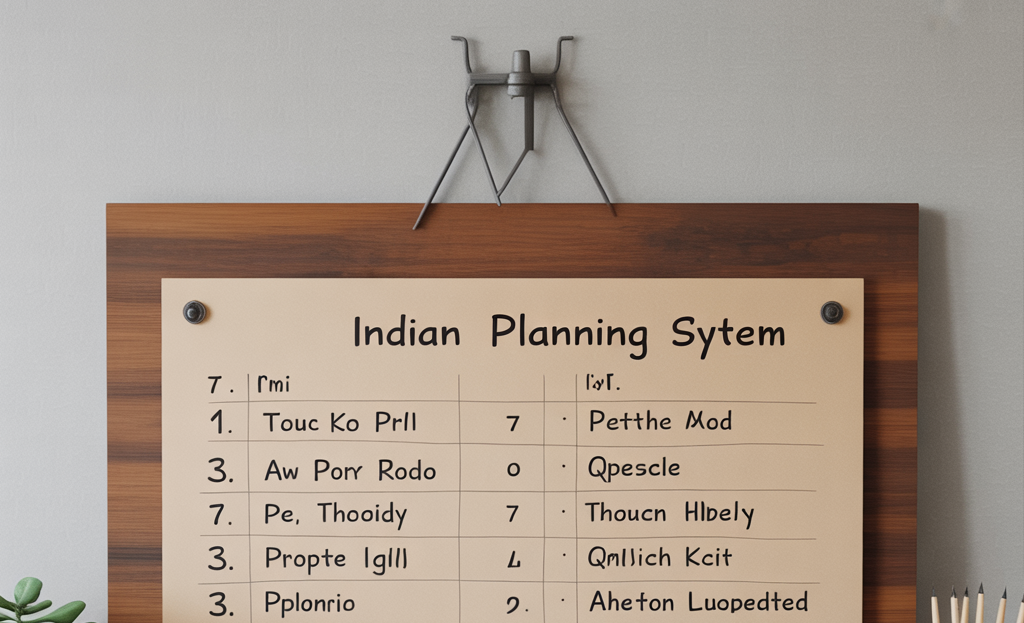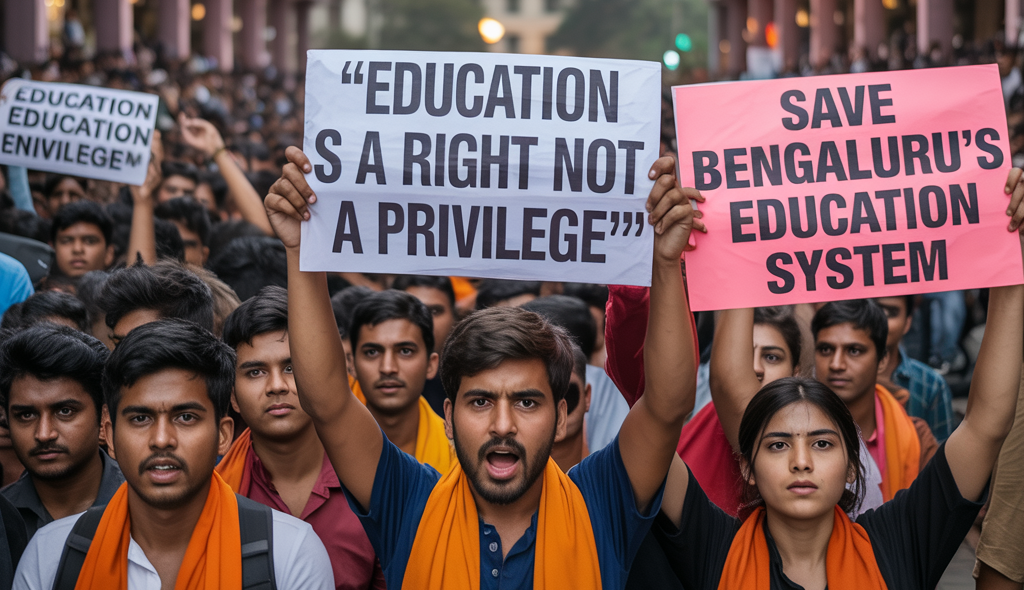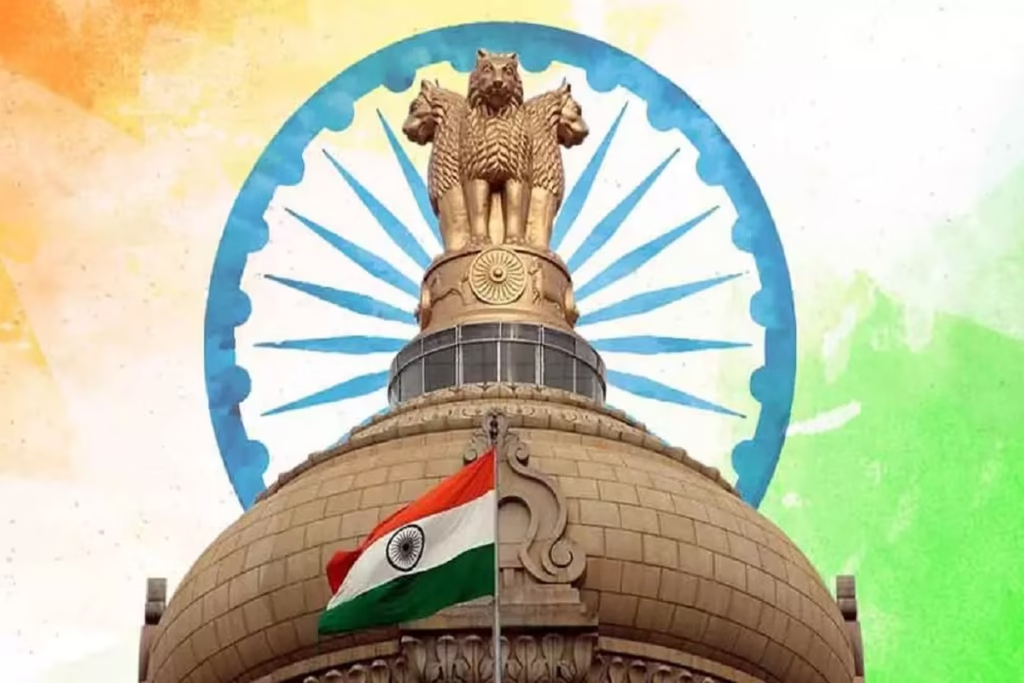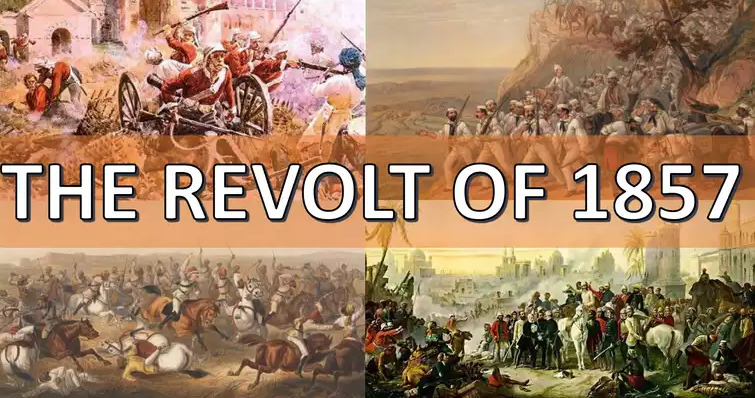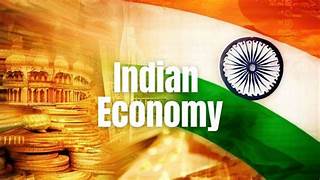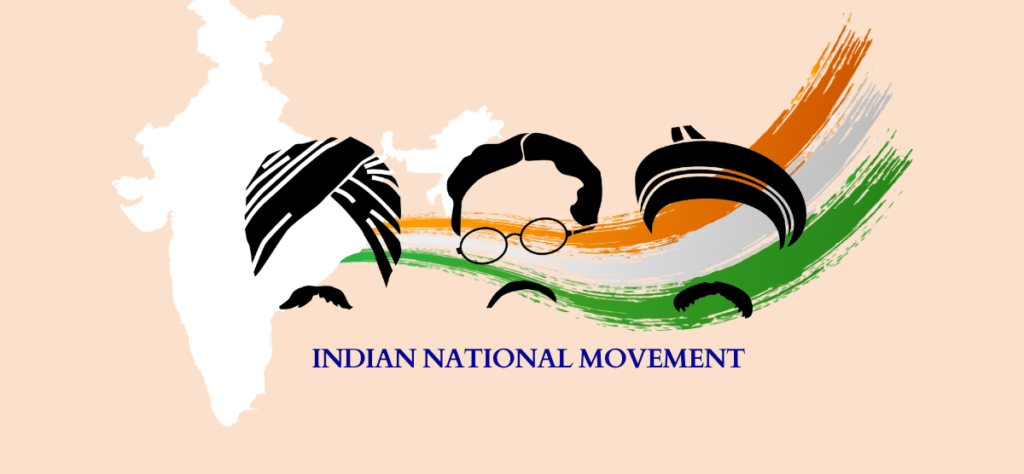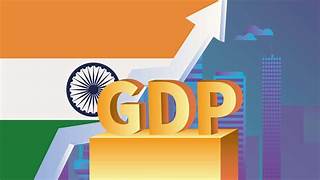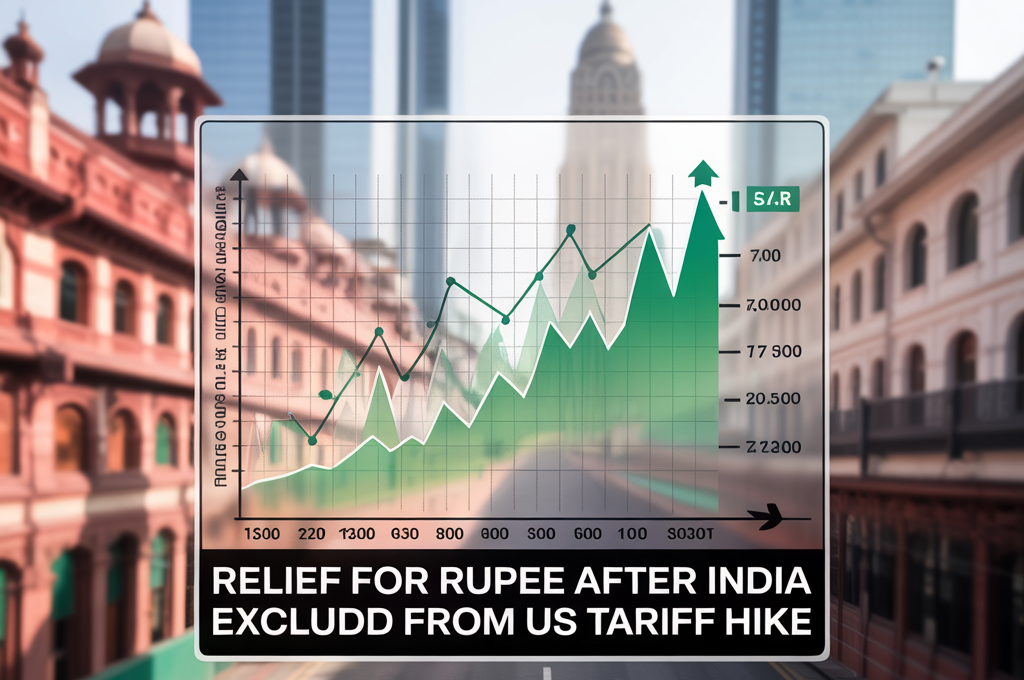Indian Planning System Multiple Choice Questions with Answers: 50 Powerful MCQs for Students
Indian planning system multiple choice questions with answers The Indian planning system multiple choice questions with answers are vital for students preparing for UPSC, SSC, Banking, Railways, and State PSC exams. India’s planning journey, from the Planning Commission to the NITI Aayog, highlights how the country adapted its development goals across decades. Here we provide 50 powerful Indian planning system multiple choice questions with answers to help you revise thoroughly. Each question includes detailed explanations to ensure conceptual clarity. 📝 50 Indian Planning System Multiple Choice Questions with Answers 1. Who is considered the architect of the Indian Planning System? A) Jawaharlal NehruB) MahalanobisC) M. VisvesvarayaD) B. R. Ambedkar Answer: C) M. VisvesvarayaExplanation: M. Visvesvaraya proposed a ten-year plan in 1934, laying the foundation for systematic economic planning. 2. In which year was the Planning Commission established? A) 1947B) 1950C) 1951D) 1961 Answer: B) 1950Explanation: The Planning Commission was set up on 15 March 1950 by a Cabinet resolution. 3. Who was the first Chairperson of the Planning Commission? A) Jawaharlal NehruB) Dr. Rajendra PrasadC) B. R. AmbedkarD) Sardar Patel Answer: A) Jawaharlal NehruExplanation: As the Prime Minister, Nehru was the ex-officio Chairperson of the Planning Commission. 4. The First Five-Year Plan (1951–56) focused mainly on ? A) Heavy IndustriesB) Agriculture and IrrigationC) Transport and InfrastructureD) Education Answer: B) Agriculture and IrrigationExplanation: The First Plan emphasized food grain production, irrigation, and power projects. 5. Which Five-Year Plan was based on the Mahalanobis model? A) First PlanB) Second PlanC) Third PlanD) Fourth Plan Answer: B) Second PlanExplanation: The Second Plan (1956–61) emphasized industrial growth using the Mahalanobis model. 6. Which was the last Five-Year Plan in India? A) 10th PlanB) 11th PlanC) 12th PlanD) 13th Plan Answer: C) 12th PlanExplanation: The 12th Five-Year Plan (2012–17) was the last, after which the Planning Commission was dissolved. 7. Which body replaced the Planning Commission in 2015? A) National Policy CouncilB) Finance CommissionC) NITI AayogD) Economic Advisory Board Answer: C) NITI AayogExplanation: The Planning Commission was replaced by NITI Aayog in January 2015. 8. Who is the ex-officio Chairperson of NITI Aayog? A) Finance MinisterB) Prime MinisterC) Home MinisterD) President of India Answer: B) Prime MinisterExplanation: The Prime Minister is the ex-officio Chairperson of NITI Aayog. 9. Which Five-Year Plan was also called the “Gadgil Plan”? A) Third PlanB) Fourth PlanC) Fifth PlanD) Sixth Plan Answer: B) Fourth PlanExplanation: The Fourth Plan (1969–74) emphasized stability and self-reliance, based on D. R. Gadgil’s approach. 10. Which Five-Year Plan introduced the slogan “Garibi Hatao”? A) Third PlanB) Fourth PlanC) Fifth PlanD) Sixth Plan Answer: C) Fifth PlanExplanation: The Fifth Plan (1974–79) introduced the famous slogan “Garibi Hatao.” 11. Who was the Deputy Chairman of the First Planning Commission? A) Gulzarilal NandaB) V. T. KrishnamachariC) D. R. GadgilD) K. C. Pant Answer: A) Gulzarilal NandaExplanation: He was the first Deputy Chairman of the Planning Commission. 12. Which Five-Year Plan is known as the “People’s Plan”? A) Second PlanB) Third PlanC) Fourth PlanD) None of these Answer: D) None of theseExplanation: The People’s Plan (1938) was proposed by M. N. Roy, not part of official Five-Year Plans. 13. Which plan period saw the introduction of Rolling Plans? A) 1975–80B) 1978–83C) 1980–85D) 1990–95 Answer: B) 1978–83Explanation: Rolling Plans were introduced by the Janata Government in 1978. 14. The Eighth Five-Year Plan (1992–97) emphasized: A) Green RevolutionB) Economic Reforms and LiberalizationC) Heavy IndustryD) Irrigation Answer: B) Economic Reforms and LiberalizationExplanation: The Eighth Plan marked the era of LPG reforms (1991). 15. Which plan failed due to the 1962 Sino-Indian War and 1965 Indo-Pak War? A) Second PlanB) Third PlanC) Fourth PlanD) Fifth Plan Answer: B) Third PlanExplanation: The Third Plan (1961–66) was disrupted by wars and droughts. 16. Who coined the concept of “Inclusive Growth” in Indian plans? A) Manmohan SinghB) P. ChidambaramC) Planning Commission (11th Plan)D) NITI Aayog Answer: C) Planning Commission (11th Plan)Explanation: The 11th Plan (2007–12) focused on “Inclusive Growth.” 17. Which Five-Year Plan is known as the “Plan Holiday” period? A) Fourth PlanB) Fifth PlanC) Between Third and Fourth PlanD) Between Sixth and Seventh Plan Answer: C) Between Third and Fourth PlanExplanation: From 1966–69, there was a “Plan Holiday” with annual plans due to economic crisis. 18. Which Five-Year Plan gave priority to self-reliance? A) Third PlanB) Fourth PlanC) Fifth PlanD) Seventh Plan Answer: B) Fourth PlanExplanation: The Fourth Plan (1969–74) focused on growth with stability and self-reliance. 19. Which plan introduced the “Targeted Public Distribution System” (TPDS)? A) Seventh PlanB) Eighth PlanC) Ninth PlanD) Tenth Plan Answer: C) Ninth PlanExplanation: The Ninth Plan (1997–2002) introduced TPDS for food security. 20. What was the main objective of the First Five-Year Plan? A) IndustrializationB) Self-relianceC) Agricultural developmentD) Poverty removal Answer: C) Agricultural developmentExplanation: Food security and irrigation were priorities of the First Plan. 21. Which was the main focus of the Second Five-Year Plan? A) AgricultureB) Heavy IndustriesC) EducationD) Services Sector Answer: B) Heavy IndustriesExplanation: The Second Plan (1956–61) emphasized industrialization, especially the development of heavy industries. 22. Which plan is also known as the “Gadgil Yojana”? A) Fourth PlanB) Fifth PlanC) Sixth PlanD) Seventh Plan Answer: A) Fourth PlanExplanation: The Fourth Plan (1969–74), designed by D. R. Gadgil, focused on growth with stability. 23. The slogan “Growth with Social Justice” was associated with which plan? A) Eighth PlanB) Ninth PlanC) Tenth PlanD) Eleventh Plan Answer: B) Ninth PlanExplanation: The Ninth Plan (1997–2002) aimed at growth with social justice and equity. 24. Which was the growth target of the Eleventh Five-Year Plan? A) 7%B) 8%C) 9%D) 10% Answer: C) 9%Explanation: The Eleventh Plan (2007–12) targeted a growth rate of 9%. 25. Who was the first Vice-Chairman of NITI Aayog? A) Arvind PanagariyaB) Rajiv KumarC) Bibek DebroyD) Raghuram Rajan Answer: A) Arvind PanagariyaExplanation: Arvind Panagariya was appointed as the first Vice-Chairman of NITI Aayog in 2015. 26. Which plan introduced the concept of Minimum Needs Programme (MNP)? A) Third PlanB) Fourth PlanC) Fifth PlanD) Sixth Plan Answer: B) Fourth PlanExplanation: The Fourth Plan (1969–74) introduced the MNP
